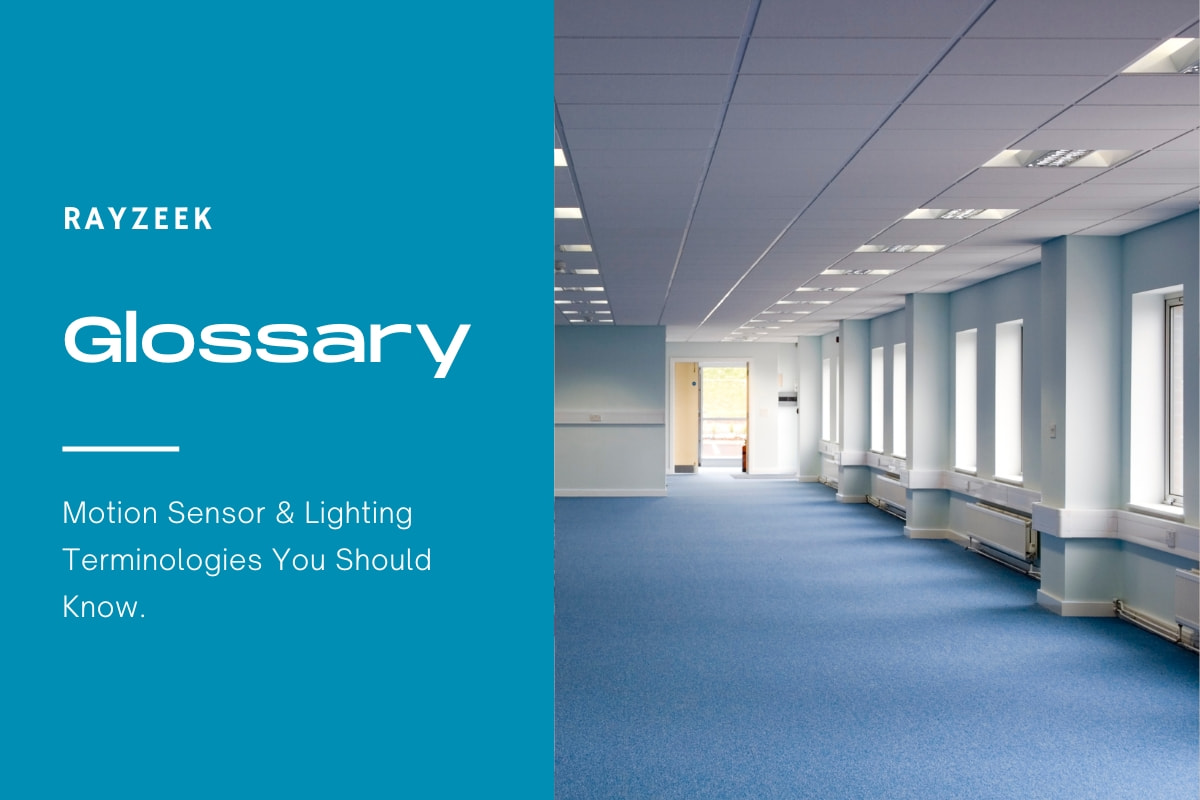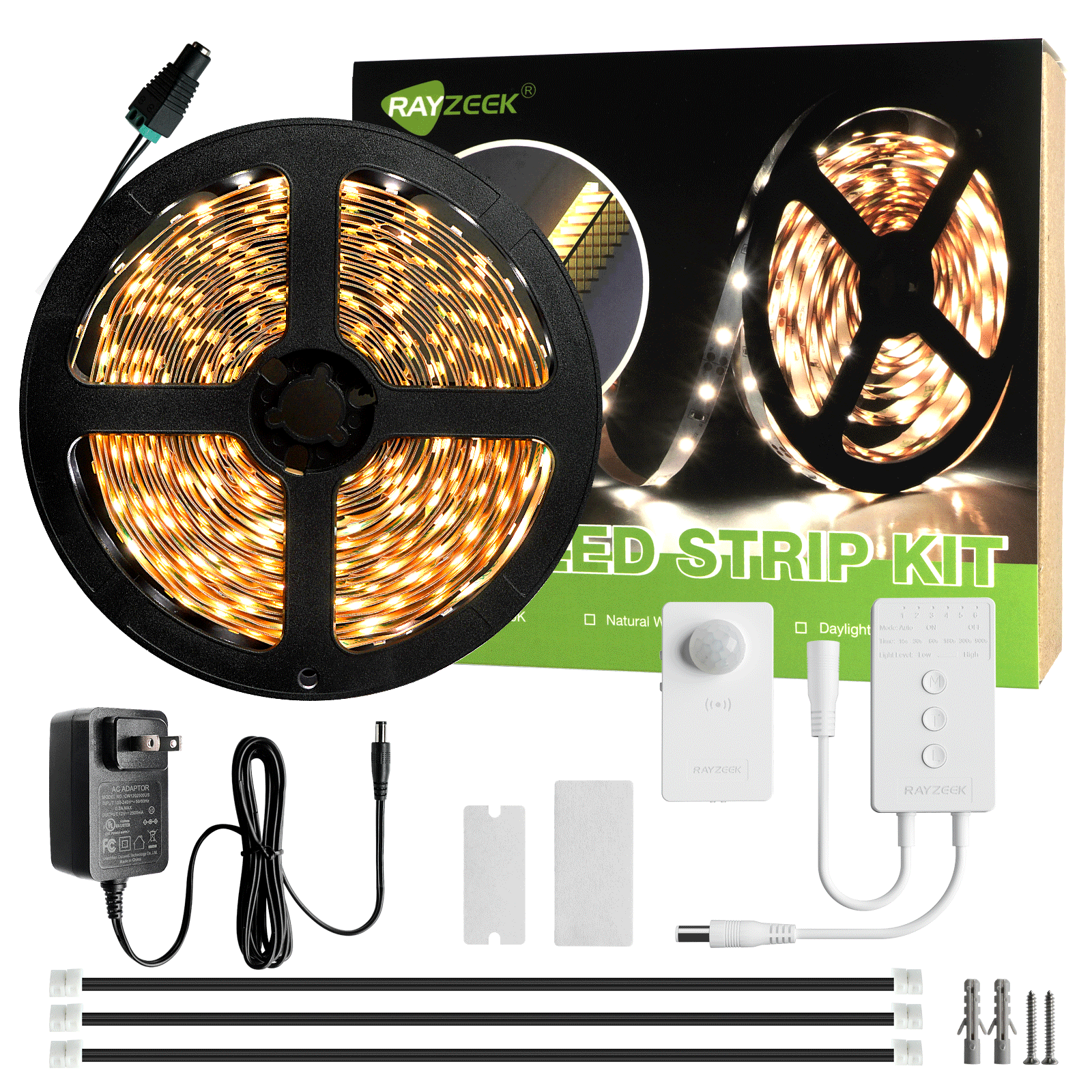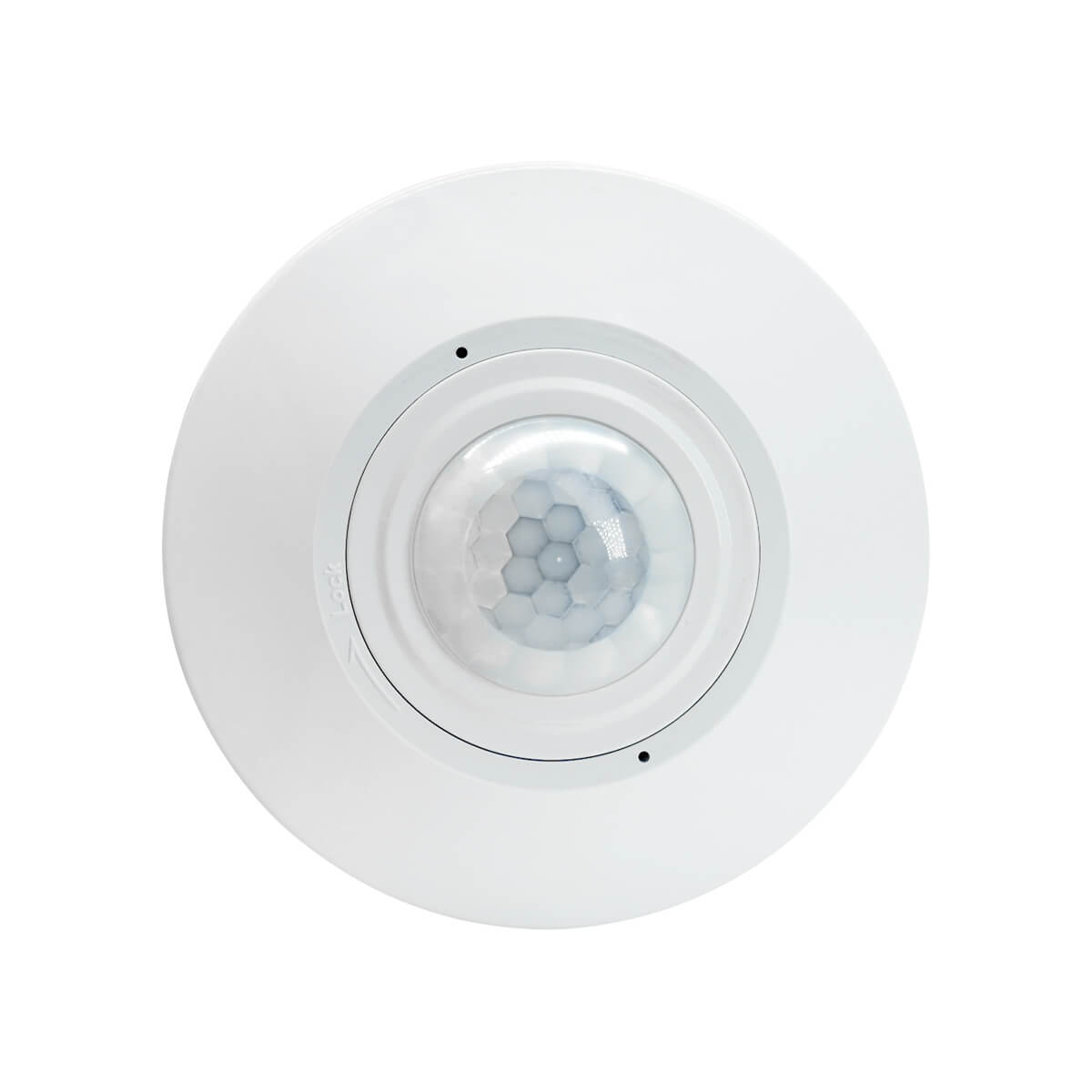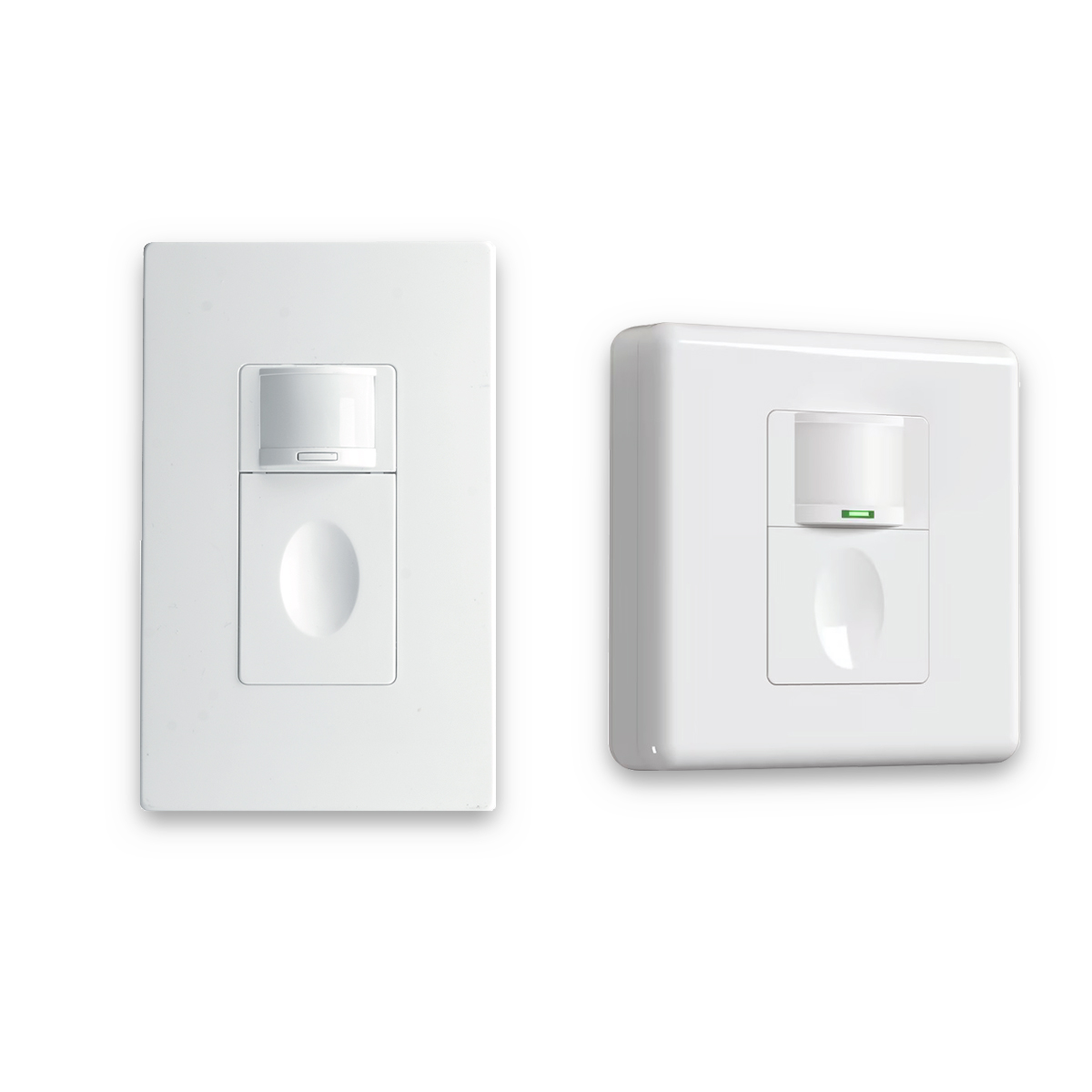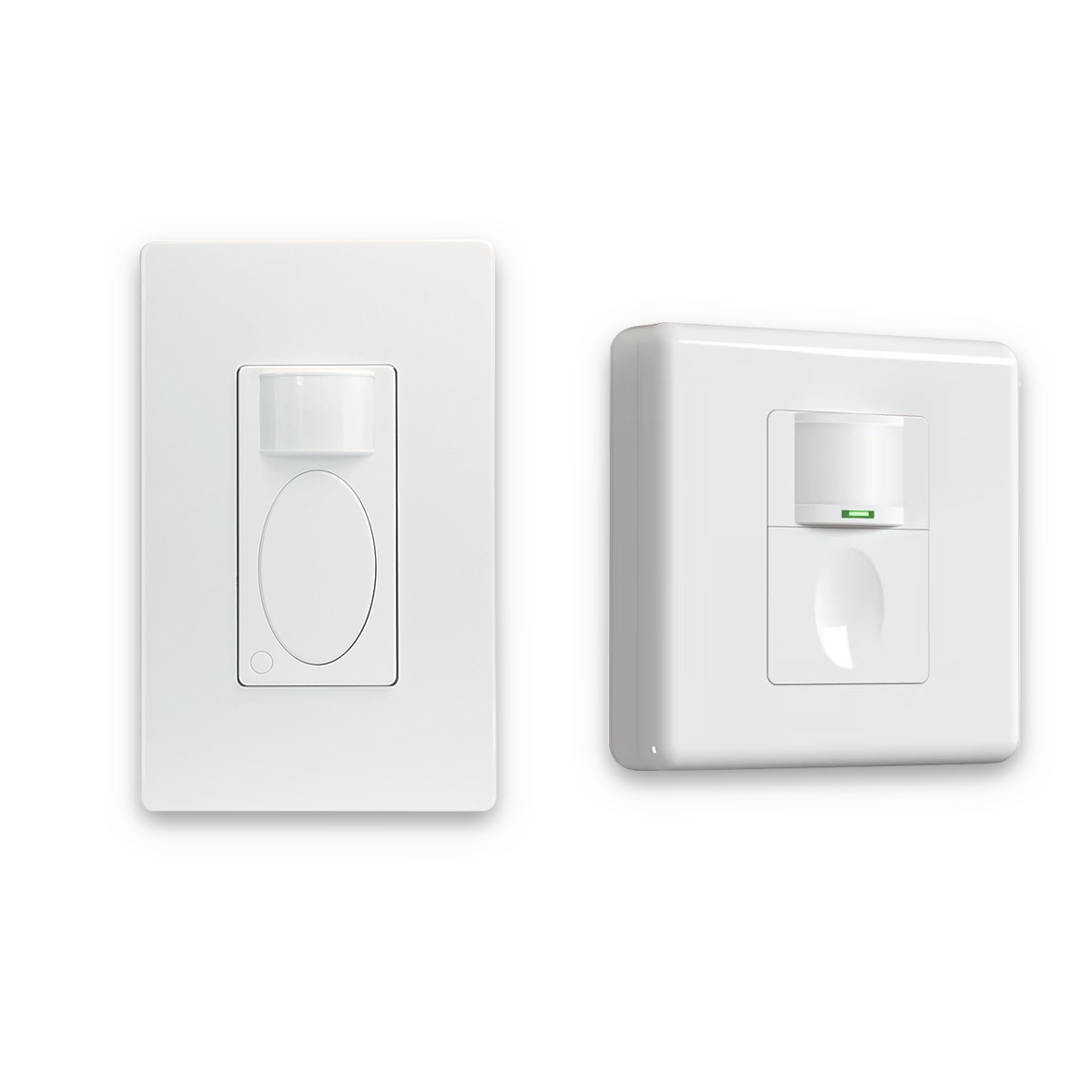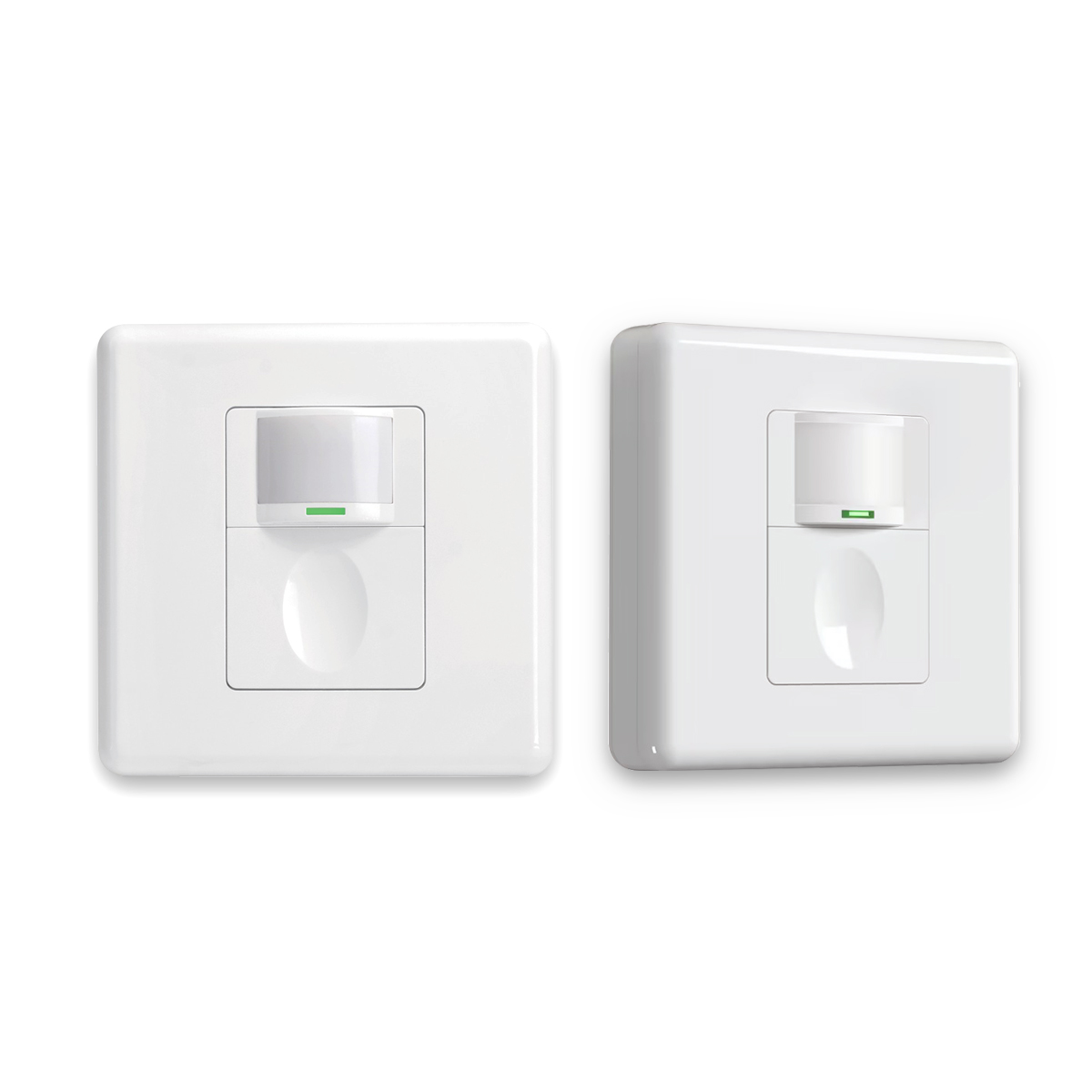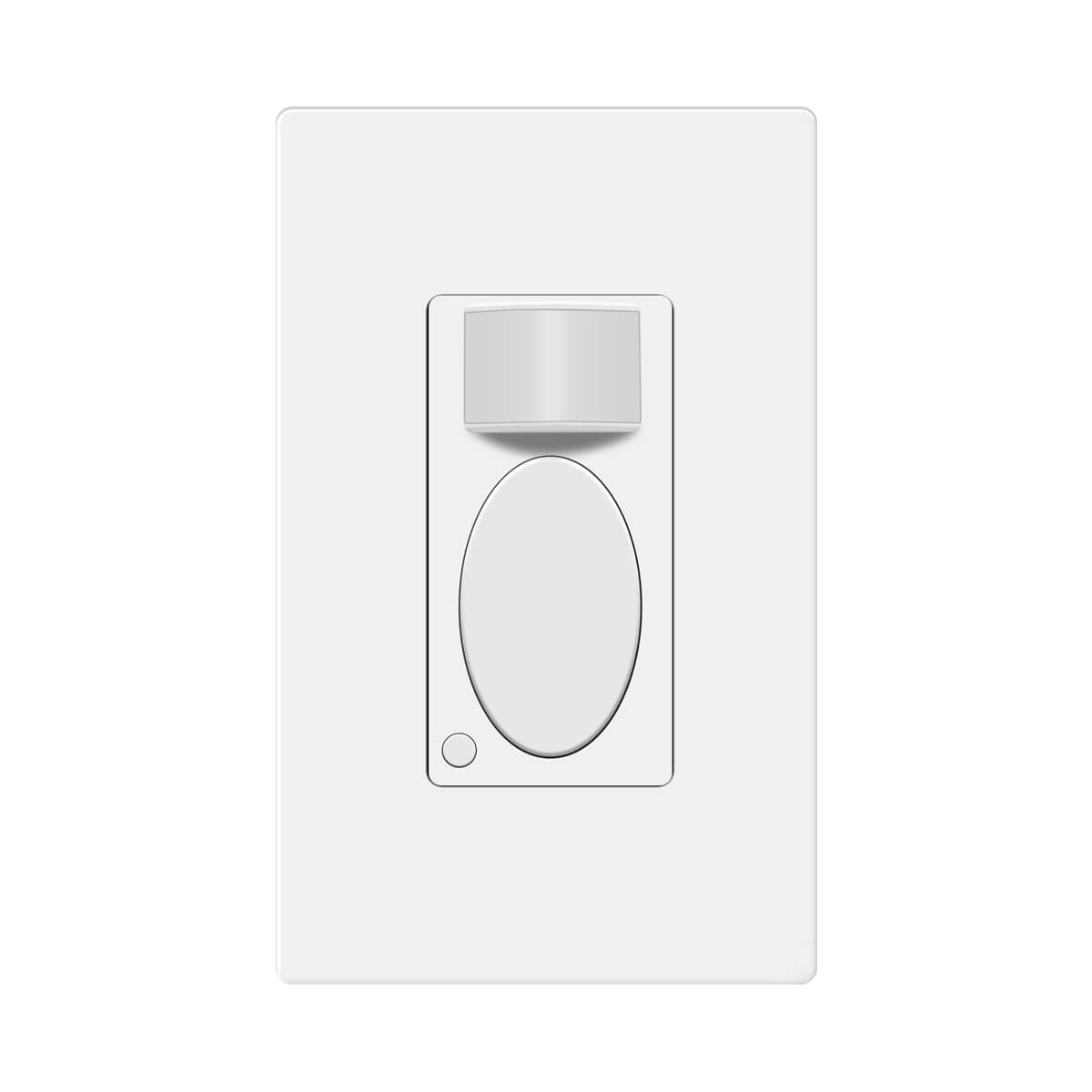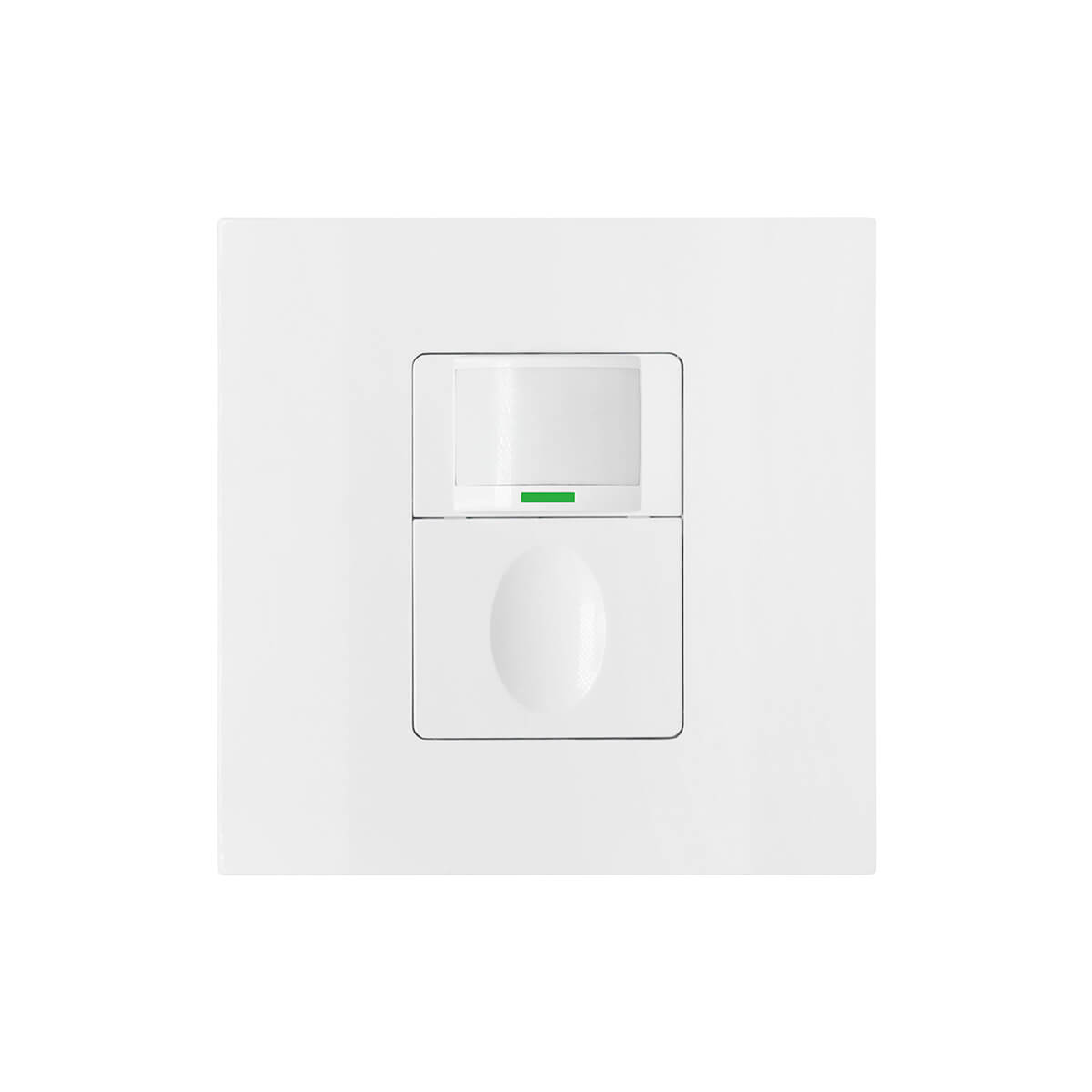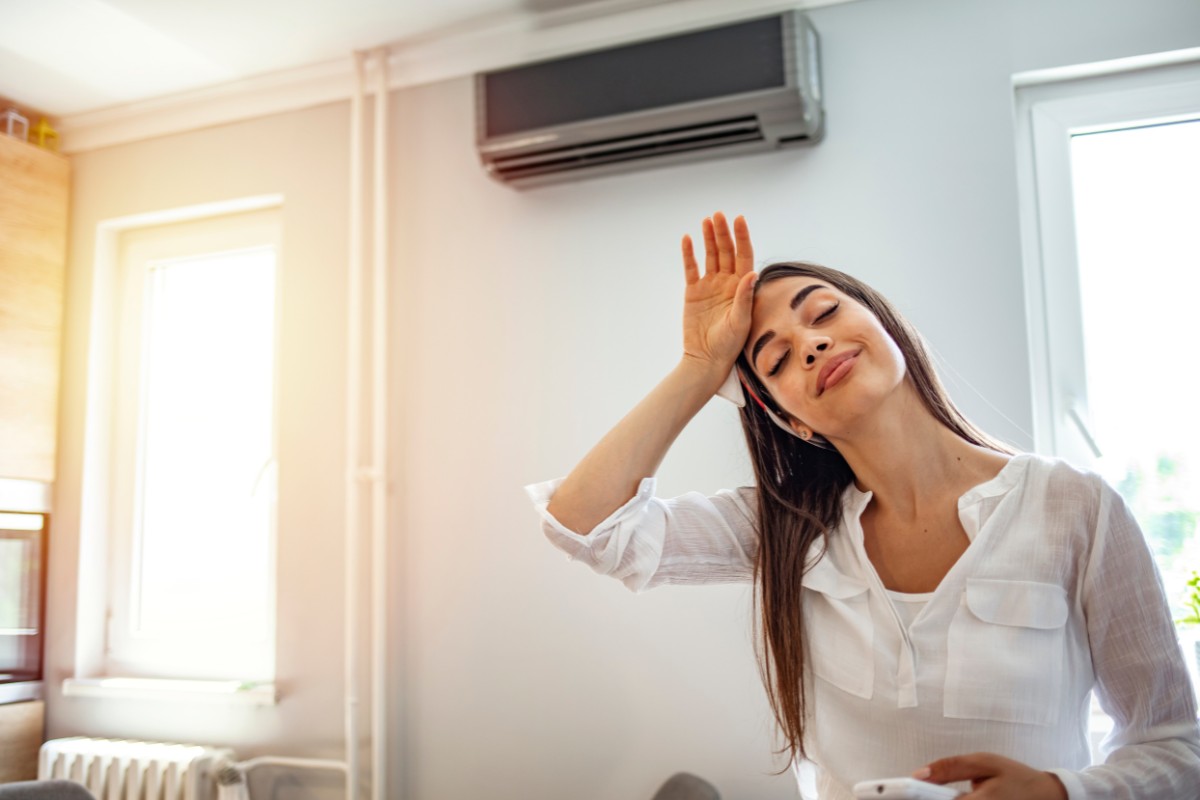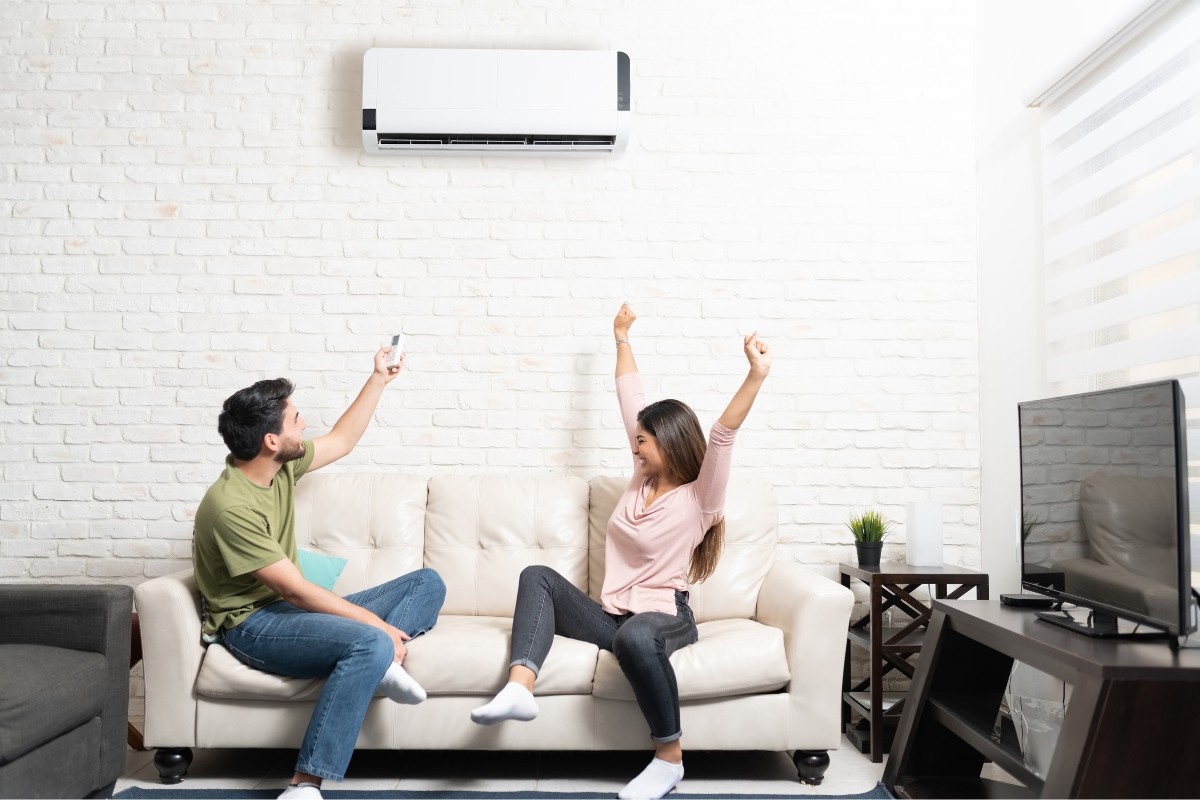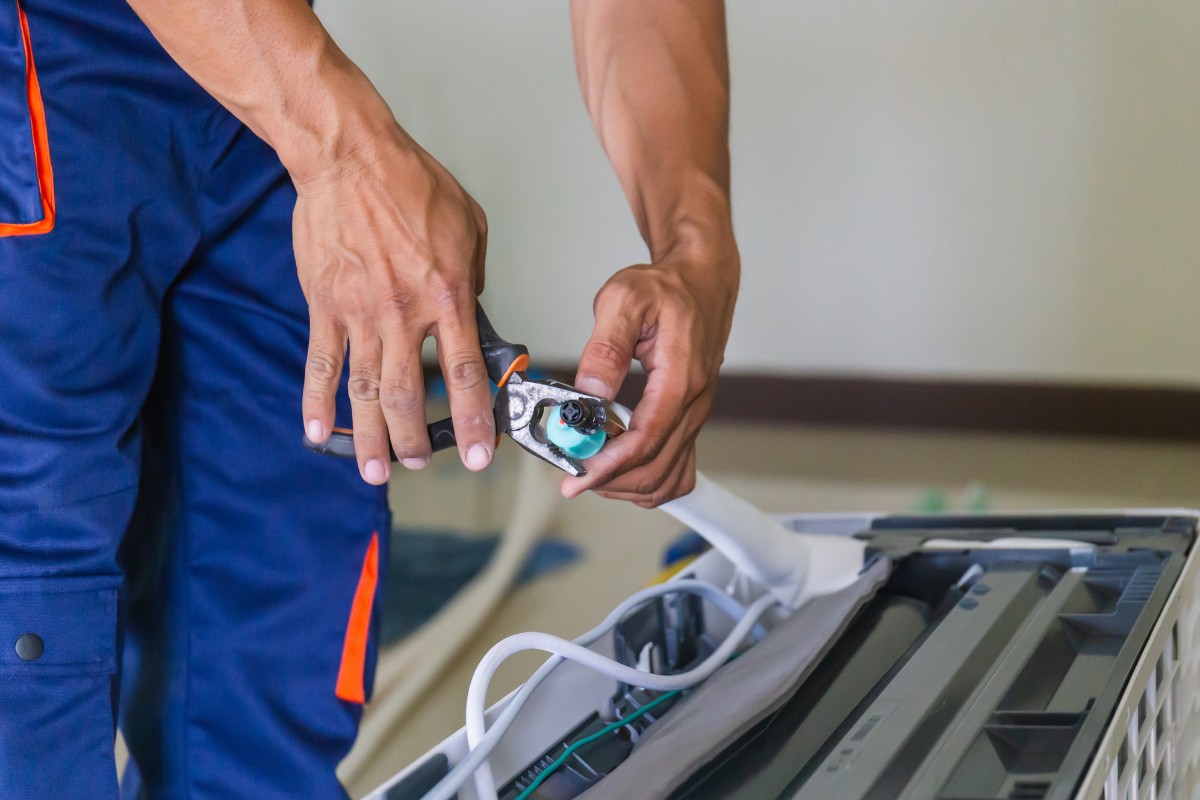What is Key Lighting
Key lighting means the primary light source used in a scene or shot. It is a fundamental element in both photography and cinematography, playing a crucial role in illuminating the subject and setting the overall mood of the image. The key light’s strength, color, and angle are carefully considered by cinematographers to achieve their desired lighting design.
Inspirujte se portfoliem pohybových senzorů Rayzeek.
Nenašli jste to, co jste chtěli? Nebojte se. Vždy existují alternativní způsoby řešení vašich problémů. Možná vám pomůže některé z našich portfolií.
Typically, the key light is positioned in front of the subject at an angle, illuminating one section of the subject while creating shadows in other areas. This placement helps to create depth and dimension in the image. The key light can be adjusted to create different lighting effects and moods, ranging from low-key lighting with dramatic shadows to high-key lighting with a bright and evenly lit scene.
In addition to its position, the key light can also be modified using various techniques. Diffusers or reflectors can be used to soften or redirect the light, while gels can be applied to change the color temperature. By manipulating the key light, photographers and cinematographers have the ability to control the overall look and feel of the image.
Možná máte zájem o
Často kladené otázky
What Is the Advantage of Key Light
High-Key Lighting provides several advantages. One of the main benefits is that it minimizes shadows, resulting in a flawless and elegant appearance for the subject. Additionally, it evenly distributes light throughout the entire scene, making it ideal for various purposes such as capturing food or product imagery where uniform lighting is necessary.
What Are the Two Types of Key Lights
The two types of key lights are “hard” (focused) and “soft” (diffused). Depending on the desired setup, the key light can be positioned at different angles relative to the subject.

